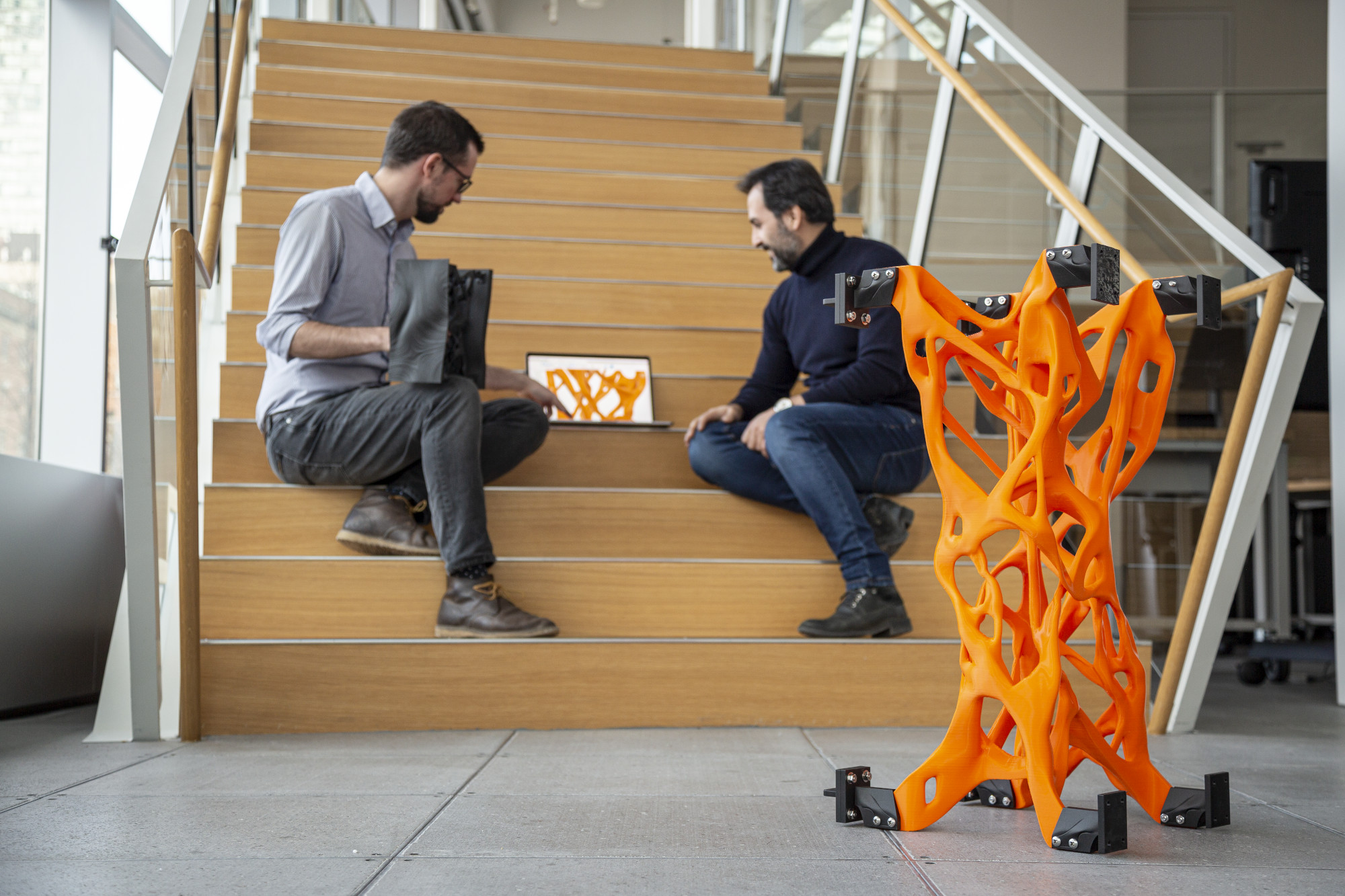

(image:www.pinterest.com)
America was built on hard work and long hours, and Americans have taken pride in this fact for centuries. So it might seem un-American to say, “Hey, put the lights out and head home. Let the machines do the work.”
Automating your manufacturing operation by integrating enterprise resource planning (ERP) has become all-American because it gives you the ability to reshore manufacturing processes quickly, efficiently and at lower costs.
The high costs of offshoring

(image:www.gaadi.com)
According to aspecial report by TheEconomist, wages in China and India have been rising substantially for a decade, “whereas manufacturing pay in America and Europe has barely budged.” But wages aren’t the only costs that have recently made offshoring the more expensive option. U.S.-based manufacturers should seriously consider every expense associated with offshoring, no matter how small, such as:
- Duty and taxes
- Intellectual property risks
- Shipping costs
- Travel costs
- Inventory carrying costs
These are just a few of the many expenses that come with offshoring, and manufacturers who are convinced that inexpensive international labor is the bottom line when it comes to offshoring will be surprised when they take a closer look at expenses. Every year, research tells us that it’s getting much more expensive to manufacture outside the United States, and that integrating ERP and manufacturing solutions bring companies savings in addition to what they save by reshoring manufacturing operations.
The low costs of lights-out manufacturing and reshoring
In a previous blog post, “Manufacturing and ERP: The Benefits of Working Together,” (link to blog post when available) we noted that the automation benefits that come with ERP and manufacturing software integration result in a reduction in labor hours and, as a result, a reduction in labor costs. But manufacturers can choose to utilize these savings by paying employees to use this extra time to innovate. When savings are utilized in this way, manufacturers increase their marketability and can more easily meet customer demand, which results in increased revenues.
Manufacturing businesses also save time and money and increase their ability to meet customer demand by reshoring. According toReshoring Initiative, combining reshoring with “highly flexible, modern, cloud-based ERP solutions” can lead to faster, more productive manufacturing operations and make manufacturing companies more competitive. Reshoring Initiative also notes that the lower costs of cloud-based solutions help midsize manufacturing companies replace older systems and compete with larger organizations.
When you add the benefit of lean manufacturing that comes with integrating ERP and manufacturing solutions into the mix, then pile on lower taxes, less regulation, reduced shipping costs and the many other savings that come with reshoring, ERP integration and reshoring are a team that can’t be beat.

(image:gcblog.wolterskluwerlb.com)
Too see for yourself, try the Reshoring InitiativeTotal Cost of Ownership (TCO) Estimator to compare the costs of offshoring with reshoring for your business. The numbers don’t lie. Once you see how much you can save by reshoring,Autodesk TruNest can help to get you there quickly by integrating your ERP and manufacturing solutions. Then turn out the lights, head home and let the machines do the work, like a true modern-day American.


